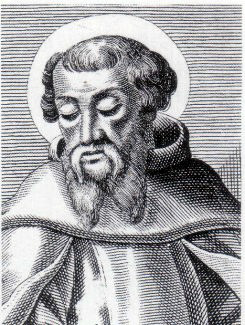Monstrance.
Photo: 18 October 2004 (original upload date).
Source: Own work.
Originally from nl.wikipedia; description page is/was HERE
Author: Original uploader was Broederhugo at nl.wikipedia
(Wikimedia Commons)
“Cor Jesu Sacratissimum”.
“Sacred Heart of Jesus”.
Benediction Hymn.
Available on YouTube at
Cor Jesu Sacratissimum
advéniat regnum tuum
regnum veritátis et vitæ
regnum caritatis et grátiæ
regnum justitiæ, amóris et pacis.
Catholic Holy Card depicting The Sacred Heart of Jesus, circa 1880.
Auguste Martin collection, University of Dayton Libraries.
Source: Turgis.
Author: Turgis.
(Wikimedia Commons)
English: The Carillon-Sacré-Coeur:
Flag waved by French Canadian Roman Catholics until the 1950s.
Français: Le Carillon-Sacré-Cœur est un drapeau
qui fut arboré par les Canadiens-français, et adopté par
la Société Saint-Jean-Baptiste au Québec.
Date: 27 September 2007.
Author: uploaded by C.P. Champion
(Wikimedia Commons)
Este vídeo ha sido grabado en la Santa Misa Cantada celebrada en la Iglesia del Salvador de Toledo por los Hermanos de la Fraternidad de Cristo Sacerdote y Santa María Reina, asociación pública clerical con aprobación eclesiástica en la Archidiócesis primada de Toledo (España). Este Instituto Religioso en formación tiene como uso propio en el Oficio y la Santa Misa la Forma Extraordinaria del Rito Romano, como establecen sus Reglas y Constituciones. Para más información pueden visitar nuestro site y blogs:

The following Text is from Wikipedia - the free encyclopædia.
The Devotion to The Sacred Heart (also known as The Most Sacred Heart of Jesus, “Sacratissimum Cor Iesu”, in Latin) is one of the most widely-practised and well-known Catholic Devotions, wherein The Sacred Heart of Jesus is viewed as a symbol of “God's boundless and passionate love for mankind”.[1]
This Devotion is predominantly used in The Catholic Church, followed by High-Church Anglicans, Lutherans, and some Western Rite Orthodox. In The Latin Church, the Liturgical Solemnities of The Most Sacred Heart of Jesus are Celebrated on The First Friday after Corpus Christi, or nineteen days after Pentecost Sunday.[2] The twelve Promises of The Most Sacred Heart of Jesus are also devoutly remembered and followed.
The Devotion is especially concerned with what The Church teaches
to be the long-suffering love and compassion of The Most Sacred Heart of Christ towards humanity.
The popularisation of this Devotion, in its modern form, is
derived from a Roman Catholic Nun from France, Saint Margaret Mary Alacoque, who said she learned the Devotion from Jesus during a series of Apparitions between 1673 and 1675,[3] and, later, in the 19th-Century, from the mystical revelations of another Catholic Nun, in Portugal, Blessed Mary of The Divine Heart Droste zu Vischering, a Religious of The Good Shepherd, who requested, In The Name Of Christ, that Pope Leo XIII Consecrate the entire World to The Sacred Heart of Jesus.
Predecessors to the modern Devotion arose unmistakably in
The Middle Ages in various facets of Catholic mysticism, particularly
with Saint Gertrude the Great.[4]

























